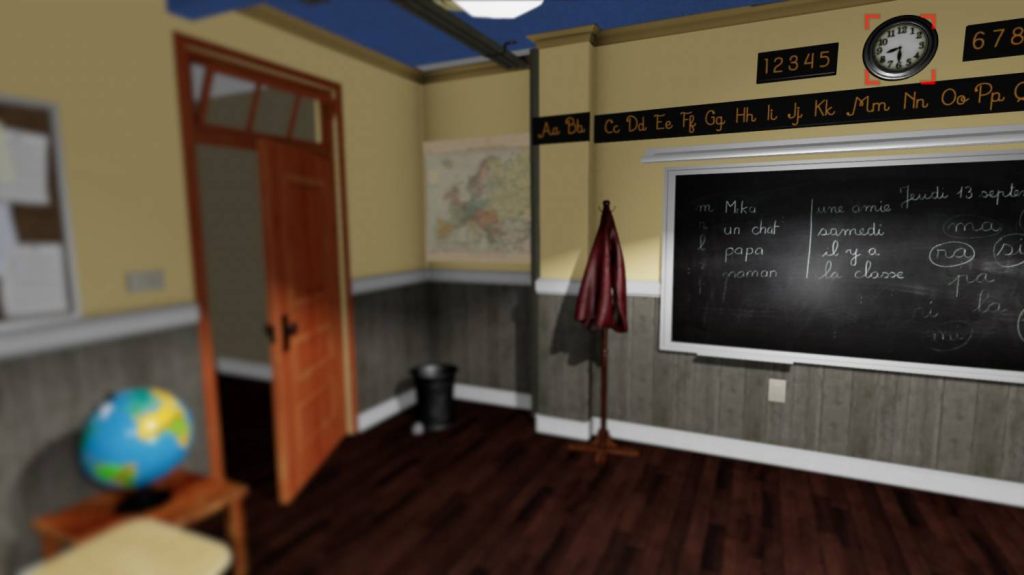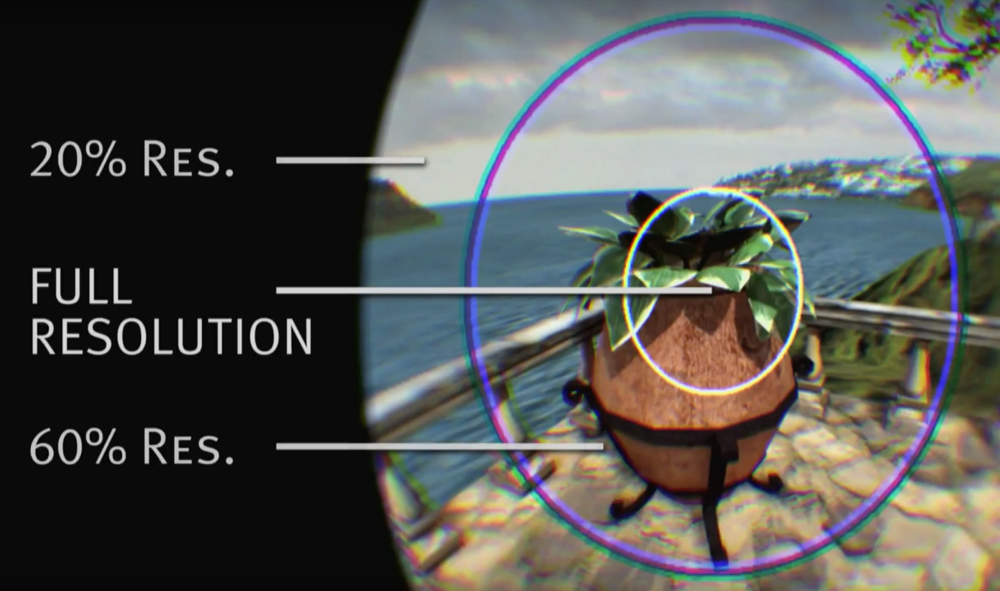Nvidia – Eye-Tracking Tech with Variable Rate Shading (VRS). Eye tracking in VR to reduce rendering costs.
The phenomenon called foveal vision was observed back in the 15th century by Leonardo da Vinci. Nvidia is applying this trick to VR rendering, and it can greatly improve the realism of virtual worlds. By concentrating graphics processing on a smaller area, you can greatly increase the sharpness of the image, reducing the load on the hardware.
This video shows how the development from Nvidia works – Eye-Tracking with Variable Rate Shading (VRS).
When the player uses Eye-Tracking Tech to focus on a new location in the scene, the eye is tracked by the software and moves the render center to that area.
In order for an image in VR to not cause nausea, a minimum of 90 frames per second is required, and four million pixels must be processed almost a hundred times per second. But by focusing processing only on the player’s line of sight, huge computational resources can be saved.
“The performance boost is too big to ignore,” said Nvidia developers.

But even with this possibility, the Nvidia team needs to spend a lot of time before the catch is not noticed by the observer. Peripheral vision is very well developed in detecting flicker and changes not even in the main point of our gaze.
Similarly, if the periphery gets too blurred, it can create a tunnel effect vision, as if the viewer is looking through binoculars. In the process of tackling this issue, Nvidia researchers found that by increasing the contrast of the peripheral scene while lowering the resolution, the human brain would be completely fooled.

While Nvidia doesn’t have its own VR solutions out of the box, the company hopes that the results of this research will be used by major headset makers and start implementing eye trackers in their future VR headsets. “Part of what we’re doing here will help set the rules of the road for the VR industry as a whole,” Nvidia said.
It should be noted that the technology itself is not new. It is already used in its VR headset by the Japanese company FOVE. However, in the case of the FOVE virtual reality headset, eye tracking was only a means of control. Nvidia, on the other hand, offered the opportunity to significantly reduce hardware costs and at the same time improve the quality of VR content. Which is very inspiring. Indeed, at the moment, to assemble a suitable car for the same Oculus Rift will cost more than the headset itself.
The technology is unlikely to appear outside of virtual reality – in laptops, for example, since eye-trackers become much less effective when they are removed from the user’s face. VR, on the other hand, where the tracker is located a few centimeters from the eye, offers an ideal solution. The technology is likely to influence the company’s future graphics cards, giving developers the ability to focus computational processing on specific pixels and redistribute rendering algorithms.
